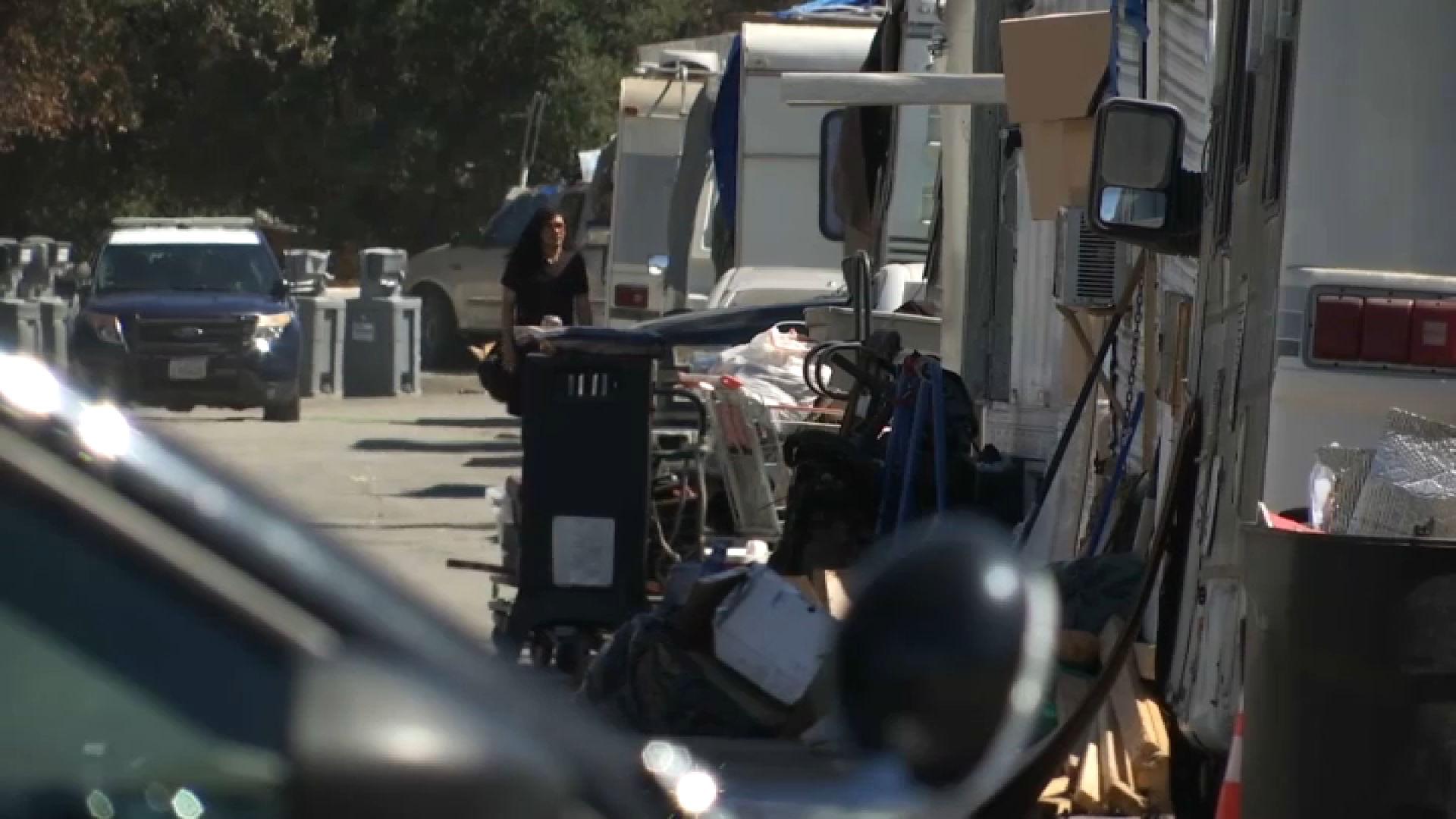After months of controversy in Flint, Michigan over lead-tainted drinking water, safety concerns are now being raised in some Bay Area Schools.
Sonoma County Superintendent Steve Herrington wrote to 40 district superintendents Wednesday, recommending schools built before 1989 look into testing their drinking water if it becomes cloudy or has a bad odor.
His notice said: "One of our county school districts recently discovered it had lead leaching from the joints of some of its water pipes. This can be an issue in some schools built before 1989. Until that point, lead was still allowed to be used to join pipes together."
This move comes after a Healdsburg Elementary School staffer spotted rust in the water in November. School officials say they immediately shut down drinking water sources and brought in bottled water.
They received test results in January and notified parents Monday via email of "increased levels of turbidity (cloudiness), manganese, iron and lead."
Healdsburg Elementary brought in industrial hygienists, who tested 13 drinking water sources. Three – all drinking fountains – came back with lead levels above federal standards of 15 parts per billion (ppb).
The highest level sampled at Healdsburg Elementary was almost 60 times that, at 880 ppb, found at a drinking fountain next to where students gather for recess. Though, this is not nearly as high as levels found in Flint, Michigan, at 13,000 ppb.
Local
"That’s a whole different thing," Healdsburg Unified School District Superintendent Chris Vanden Heuvel said. "The officials [in Flint] knew about a problem and didn’t address it. We found out there may be a concern, didn’t even know if we had a problem, and we turned the water off and got clean water for our kids."
Since the cloudy water was first reported three months ago, the school’s fountains have been shut off and replaced with bottled water stations.
Vanden Heuvel says the likely culprits are old pipes, solder and fixtures, as Healdsburg Elementary’s main building is more than 80 years old.
Though some parents wish school officials would have notified them when the problem arose in November, they say they are relieved to know the school is taking actions.
"I was like, 'OK, that’s not good. I hope my kid didn’t drink the water,' but I feel they’re taking the proper steps in order to ensure students’ safety," said parent Ani Hansen, who has two children who attend Healdsburg Elementary.
Meanwhile, Haley Kanderian’s daughter now goes to another campus in Healdsburg, but asked her parents to bring bottled water a year ago when she attended Healdsburg Elementary because she felt the water tasted like metal.
"It just kind of explains a lot because my daughter has always complained about not wanting to drink the water out of the fountain," Kanderian said.
Vanden Heuvel says November was the first time he was notified of an issue with the drinking water, and school officials held off on telling parents until they knew the test results.
"We wanted to first know what we were dealing with and have more information so we could speak intelligently. And we wanted to have a plan to fix it," Vanden Heuvel said.
The school has set aside $50,000 to $100,000 to re-pipe and change fixtures this summer, and is doing further testing at its other campuses with the help of Sonoma County Department of Public Health.
Public Health Officer Dr. Karen Milman says public health inspectors took water samples from Healdsburg Elementary Tuesday, after the school released its own test results.
"There’s no risk of current exposure," Milman said. "It’s encouraging that very little of a child’s daily water consumption comes from drinking fountains."
In Sonoma County, there have been only a handful of lead exposure problems and none in Healdsburg for the past eight years, according to Milman. And she says these exposures were due to paint, pottery and medicines and candy from other countries, not from drinking water.
Vanden Heuvel says the school district has also looked at school nurse records to look for spikes in acute stomach pain, a symptom of lead exposure, and did not find any.
County Superintendent Herrington says the County cannot require districts to test their water unless schools draw from private wells.
Herrington says many schools in the Bay Area were probably built before 1989. The Division of State Architect told NBC Bay Area it does not track how many California schools were built before 1989.
The Public Health Department’s water test results are due back by Friday.



